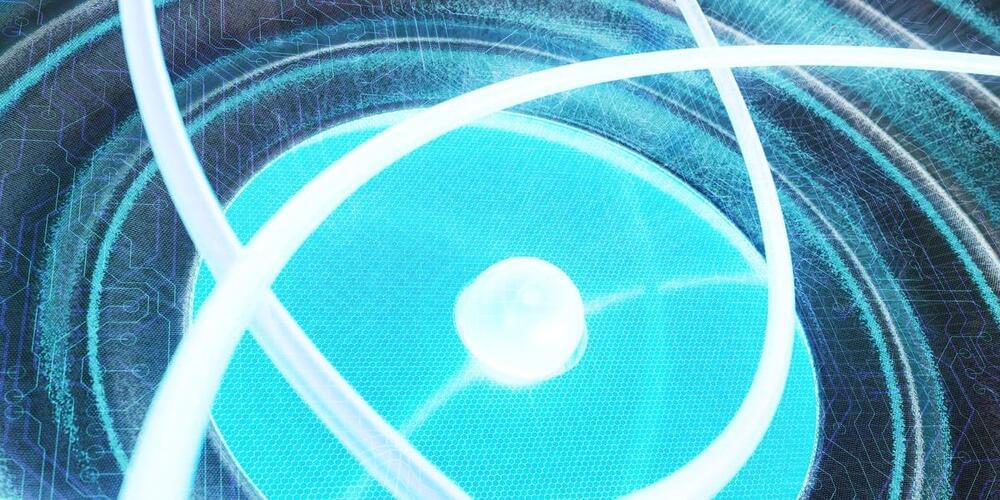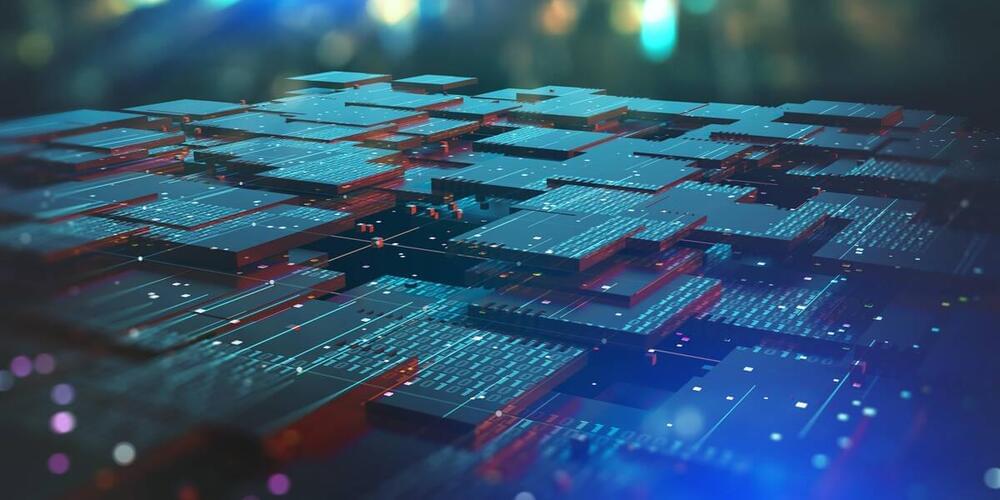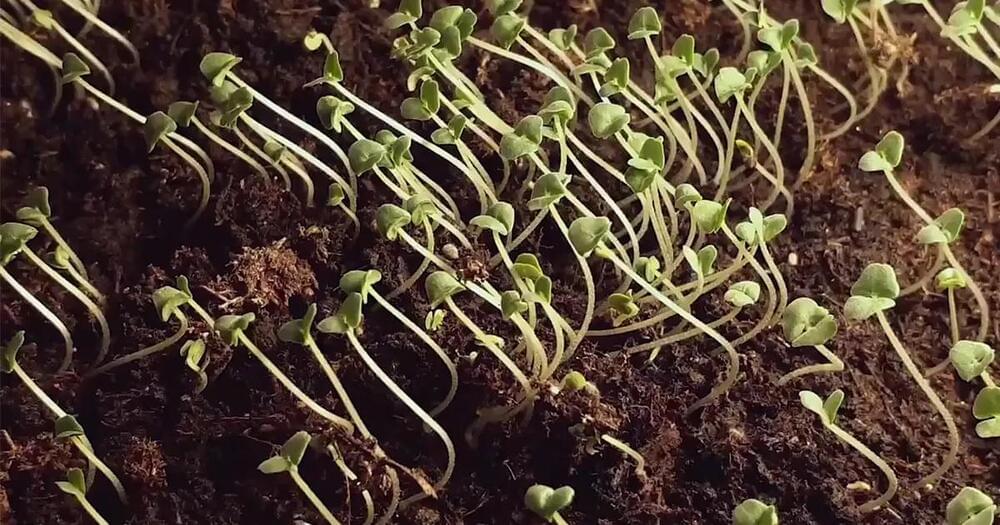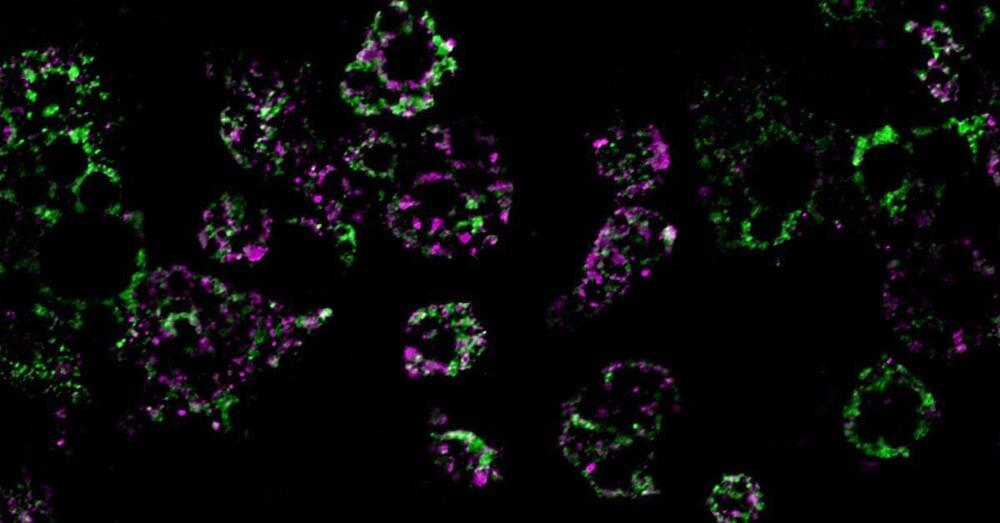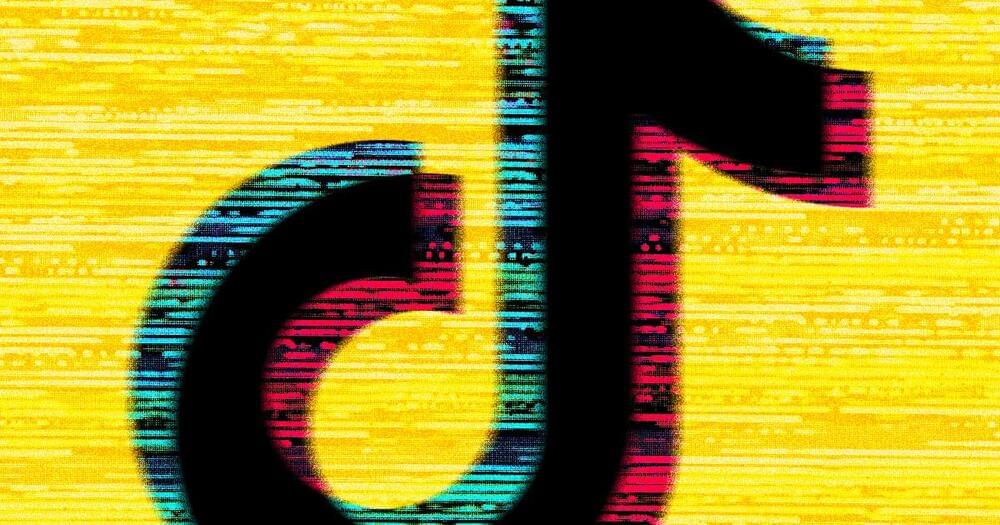Pop artist Grimes has teamed up with Silicon Valley startup Curio to create a stuffed toy rocket that can understand and talk to kids, using the same AI technology powering ChatGPT.
The background: In April, X user Roon tweeted a prediction that “every last thing in the future will be animated with intelligence,” including children’s teddy bears. The post caught the eye of Grimes, who has three children with X owner Elon Musk.
“This would be great if safe,” Grimes, who was born Claire Boucher, wrote in a reply to Roon’s tweet. “Parenting is so hard, I’d love if my kids were hanging out w smthn equivalent to a culture ship mind in a teddy bear haha that’s prob too much to ask…”


